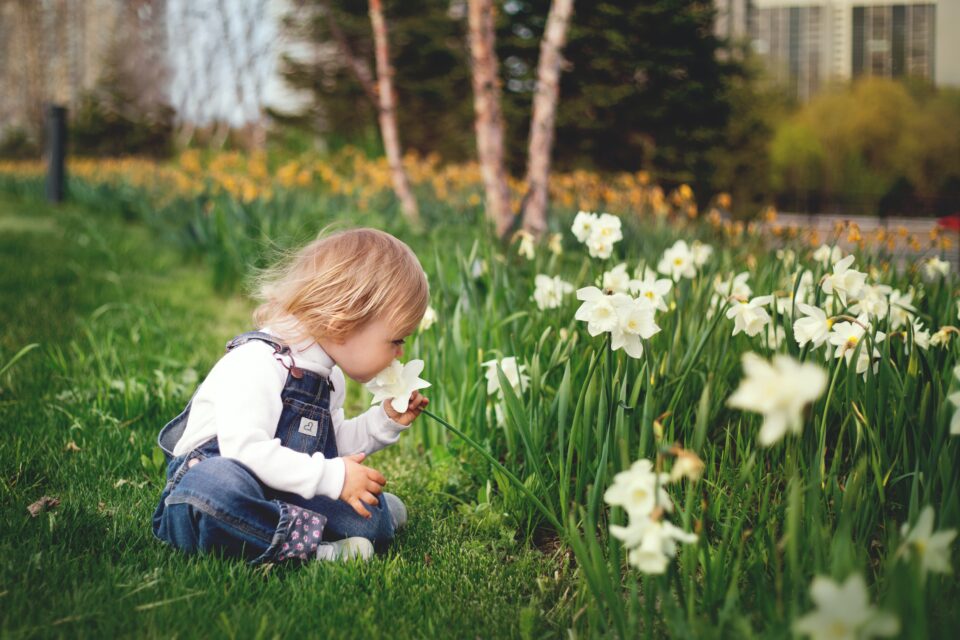Landscaping is an art form that requires the proper balance of planning and technique to do well. Your canvas is the yard around your home. Once you learn some basic techniques, you should be able to do almost anything that you want with your yard. Read on for some basic tips about how to landscape.
When landscaping, you must know the difference between perennials and annuals, as well as what flowers, plants, and shrubs work best in certain geographical areas and under certain climates. Also take into account what your yard will look like in each season of the year; don’t design just for summer. Consider every way that nature will impact a landscaping project before you start.
Before you begin your landscaping work, be sure to plan your goals and assess your budget. This will ensure that you have a solid plan in place so that you do not run out of materials before the job is completed. It will also give you a better idea of your design needs.
Many people don’t think about online shopping regarding landscaping. There are several factors that make shopping for plants online a good idea, though. Besides its ease and convenience, shopping online gives you access to a wider variety of plants than you could find at a home improvement store or a local nursery.
Use balance, not symmetry. A balanced distribution of plants creates a focal point, but the garden should never be symmetrical. For example, a large tree to the left of the garden can be balanced by two smaller trees to the right. This creates a much more desirable effect in the garden, whereas a symmetrical look appears completely unnatural.
When it comes to landscaping, the timing of your purchases can mean everything. Buying certain items during certain seasons can mean paying much less for those items. Make sure you are paying attention to sales, but at the same time, you must also make sure you are sticking with your plan as well.
Use peat moss to help plants develop a root system. It provides them with nutrients which the soil typically lacks on its own. In addition to that, peat moss could also be an attractive contrast in other areas in your yard.
When you first begin growing plants, it may be wise to grow smaller plants. Not only do they require less watering, but they are easier to take care of. Once you get use to these plants, you may think about extending your plants by getting bigger ones, as long as you are prepared to care for them.
If you are a pet owner, and you will be using chemicals to take care of your landscaping needs, be aware of which products you are using. Many of these chemical can make your pet sick, and some could even kill them. If you are unsure of which products are safe, ask the store in which you are purchasing them.
When planning a landscaping project for your house, be sure to go beyond the home-improvement stores and check out online resources. You might just find deals and products that are not carried locally. Due to the lack of a physical store, you might find that selection, and pricing is far superior.
Don’t be overwhelmed by the cost, or amount of work landscaping requires. Just take things one step at a time. For example, you can focus solely on landscaping your front yard, or make a small portion of your garden picture perfect. Putting together your landscaping project piece by piece, will make it easier for you to get exactly what you want.
Choose plants that will thrive in the planting environment. The best plants will be those that are native to the area. By using plants native to the area they will be properly adapted to the watering demands and temperatures. For example, if you live in a cooler climate and plant tropical plants, the plants will be harder to maintain, and it will be necessary to move those plants indoors in the winter.
When planning a landscaping project for your house, you need to know in what amounts of materials are sold and how much you’ll need. This is important because you might not be able to visualize your project in cubic yards and do not want to risk buying too little or too much.
Do you live in a hot and dry area? Choose plants that will live through a drought. If the summer months get really hot and dry, your local government might encourage you not to use water for your yard because it has become sparse. Do some research about different plants and choose the most resisting ones.
Consider what look you are trying to establish when building a walkway. For example, if you are trying to get a natural, rustic look, use flagstones and plant a low growing moss between the rock. For a more polished look you can use concrete walkways with formal plantings along the edge.
Mow your yard regularly. No matter, how many gorgeous flowers and trees you add to your yard, it will always look ugly if your lawn is over grown. Plan to mow your yard weekly in the Spring, and at least on a bi-weekly basis during the Summer.
The tips you just read should help you design your first landscape. Start planning what you want to do with your yard and then go out there and do it. There’s always more to learn about landscaping, but the best way to start is to experiment, and there’s no better time than now to begin.
